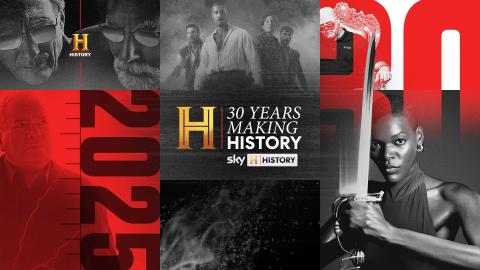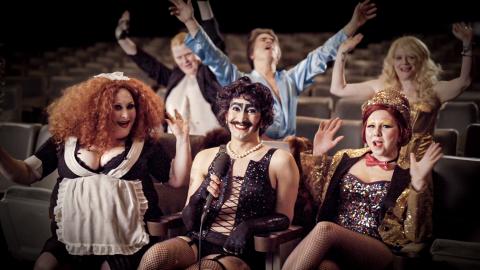The Angels don’t like to be called losers, but they have learned to live with it. “Yeah, I guess I am,” said one. “But you’re looking at one loser who’s going to make a hell of a scene on the way out."
Hunter S. Thompson from Hells’ Angels: A Strange and Terrible Saga
While the immediate post-war period saw a dramatic rise in motorcycle club memberships, it wasn’t until the sixties and seventies that bikers both famous for and notorious in practising their favourite pastime.
By the 1960s, the young World War 2 veterans looking for adrenaline rushes, camaraderie and even a military-esque hierarchy in which to spend their off hours were aging, and the disillusioned, rebellious baby boomers were just getting the training wheels off their bikes and looking for something louder to play with. A portion of motorcycle enthusiasts were representing an image and lifestyle not consciously aspired to before, even if Hollywood and Life magazine would have the general public believe differently. But this new breed of ‘outlaw motorcycle gangs’ wasn’t entirely new; it had sowed its seeds in the forties but only truly blossomed fifteen years later.
After the famous, and possibly famously misconstrued, motorcycle rally ‘riot’ in Hollister, California, in 1947, legend has it that the American Motorcyclist Association (AMA) put out a statement saying that 99 per cent of motorcycle clubs were law-abiding and harmless, and it was only an aberrant one per cent that was causing trouble for America’s upstanding citizens. While the AMA can neither confirm nor deny the quote, these few simple words took on a life of their own, spawning an entire ‘1%er’ movement, motorcyclists who actively encourage their outlaw reputations and often engage in criminal enterprise. After Hollister and as part of this movement, the Hell’s Angels – probably the most famous motorcycle club in the world – formed and came to typify the culture of the 1%ers.
The Federal Bureau of Investigation (FBI) designates these clubs as ‘outlaw motorcycle gangs’ or OMGs, but originally the 1%er label was meant to signal clubs that didn’t follow the AMA’s rules and regulations, rather than civil law. But during the decade and half after their conception, clubs became more demonised, more tightly knit, more populated by society’s ‘outcasts’ and rivalries and violence erupted, almost in a self-fulfilling prophecy. Violence and suspected crime were bad enough – and sensationalised enough – that Hunter S. Thompson was commissioned to write an article on motorcycle gangs, particularly the Hell’s Angels, for The Nation in 1965 following a report by the California Attorney General’s office that the outlaw club’s criminal activities should be contained at all costs. The State levied accusations of assault, rape, murder and drug trafficking against the Hell’s Angels and other OMGs, while Thompson painted a less extreme picture of club activities. But Thompson’s article and subsequent book didn’t do much to alleviate general fear, and the OMGs antics continued into the 1970s, buoyed by the Angels’ notorious Rolling Stones security turn at Altamont, California in 1969.
Hollywood was ramping up its production of biker films with notable entries such as The Born Losers (1967), Easy Rider (1969), On Any Sunday (1971), and Angels Hard as They Come (1971) as well as a few Evel Knievel titles. The UK and Australian contributions included Quadrophenia (1979) and Mad Max (1979). International media and film saw the US motorcycle obsession, for better or for worse, bleed out into the world at large, seeing motorcycle clubs pop up in Germany, Norway, Australia and the UK, among many others. Women’s motorcycle clubs became more of a staple than an anomaly, and family orientated clubs were not unheard of. From adrenaline-chasing veterans to violent criminal outcasts in just a few decades, the image of the motorcyclist experienced yet another major shift by the time Milli Vanilli and Paula Abdul were topping the Billboard charts.
Did you know?
Evel Knievel holds the Guinness World Record for the most bones broken in a lifetime, with 433 bone fractures recorded before he broke both of his arms jumping a tank full of sharks in 1976. He retired shortly after.
















